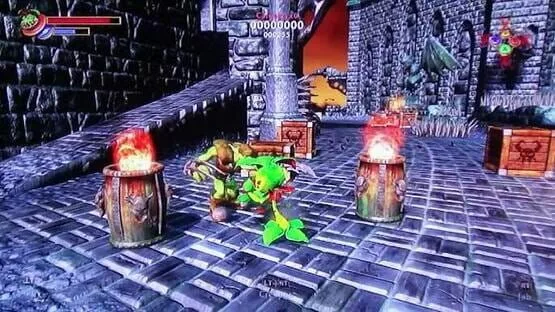
Kameo: Elements of Power
Genres:Adventure, Hack and slash/Beat 'em up
Themes:Fantasy
Game modes:Single player
Story:The unreleased version of Kameo: Elements of Power for the N64, Nintendo GameCube, and later the Xbox.
Vote to bring this game to GOG and help preserve it.35

Heinz Honor and RevengeHeinz Honor & Revenge is a beat 'em up game that offers an action-packed experience with a deep story and challenging puzzles. Players will take on the role of Heinz, a secret agent fighting for his country against various threats from ruthless criminal syndicates.Action Thriller Drama

KynIn a world where Viking mythology collides with magic, explore the world of KYN in a fast paced role playing strategy game that combines party based combat with exploration and progression.Action Fantasy
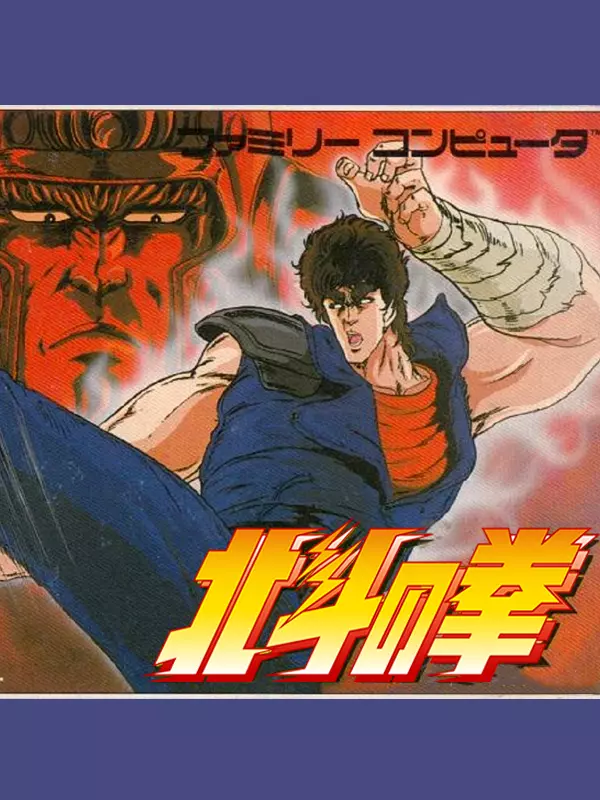
Hokuto no KenHokuto no Ken for the Family Computer (Famicom for short) is a side-scrolling action video game published by Toei Animation and developed by Shouei Systems. It was released on August 10, 1986 exclusively in Japan and was the first of four Hokuto no Ken video games released for the Famicom. While it features gameplay similar to Sega's earlier Mark III version of Hokuto no Ken, it is an unrelated game made by a different developer.Action Science fiction
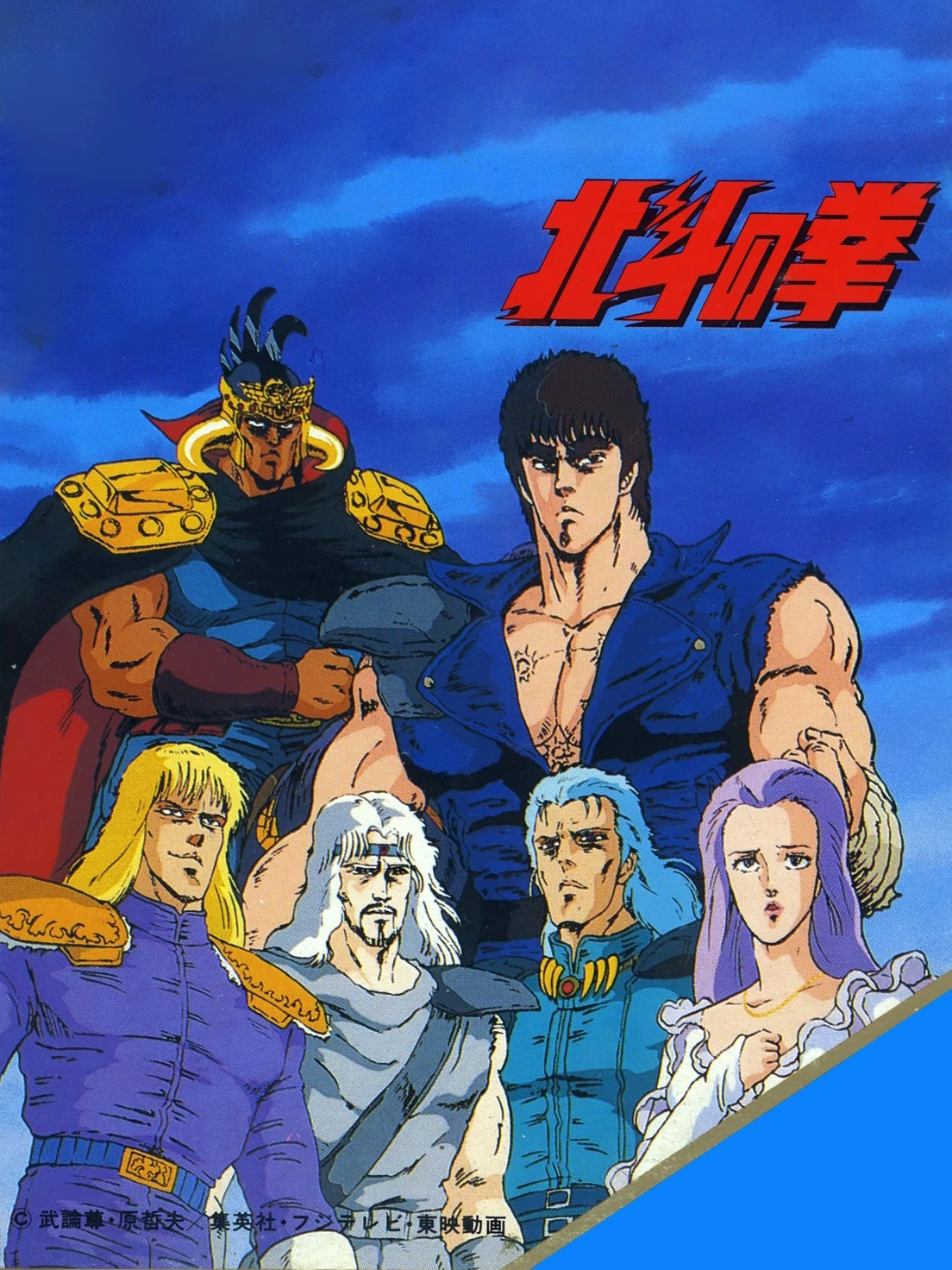
Hokuto no KenHokuto no Ken is a video game released in Japan on July 20, 1986 by Sega for the Sega Mark III gaming platform. It is a side-scrolling action game that follows the events depicted in the first television series from Kenshiro's battle against Shin and his gang to his final showdown with Raoh. The game consists of side-scrolling levels where the player must reach the goal while defeating numerous enemy grunts and sub-bosses along the way, each leading to a one-on-one battle with the stage's boss. Despite featuring similar gameplay, this game is unrelated to Toei's video game version of Hokuto no Ken for the Family Computer released a few months later. The game's lead programmer was Yuji Naka, who would later be known for his work on the Sonic the Hedgehog game franchise. Despite appearing on the cover artwork, Rei does not actually appear in this game.
The original Mark III version game is included along with an enhanced remake in Sega Ages 2500 Hokuto no Ken for the PlayStation 2 in 2004. The game was later re-released for the Wii Virtual Console in Japan on February 26, 2008. An overseas version of the game was produced for the western Master System titled Black Belt, which lacked the Hokuto no Ken license of the Japanese version and featured altered graphics as a result.Action Science fiction
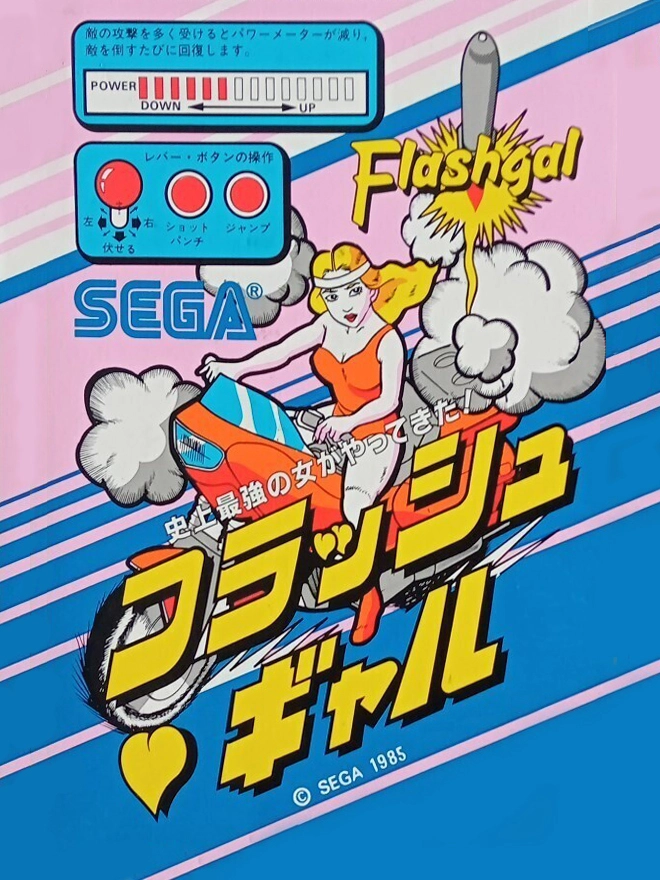
FlashGalFlashgal is devoted to punching out crime. The objective in each level is simply to make it to the end of the stage while punching and kicking anyone who attempts to get in your way.Action

Safire EshghSafire Eshgh is a third-person action adventure video game made by Iranian center for digital Islamic revolution publishing.
The story is set in the year 61 AH about "Mehran" of Rey an Iranian man who is suffering from past trauma and his meeting with Mukhtar al-Thaqafi.Open world Action Historical
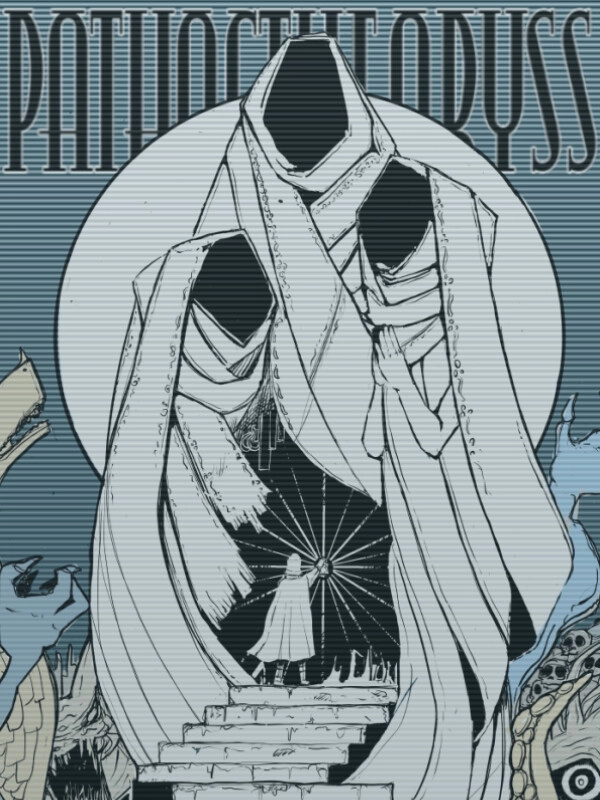
Path of the AbyssDive deep into the ABYSS.Fantasy
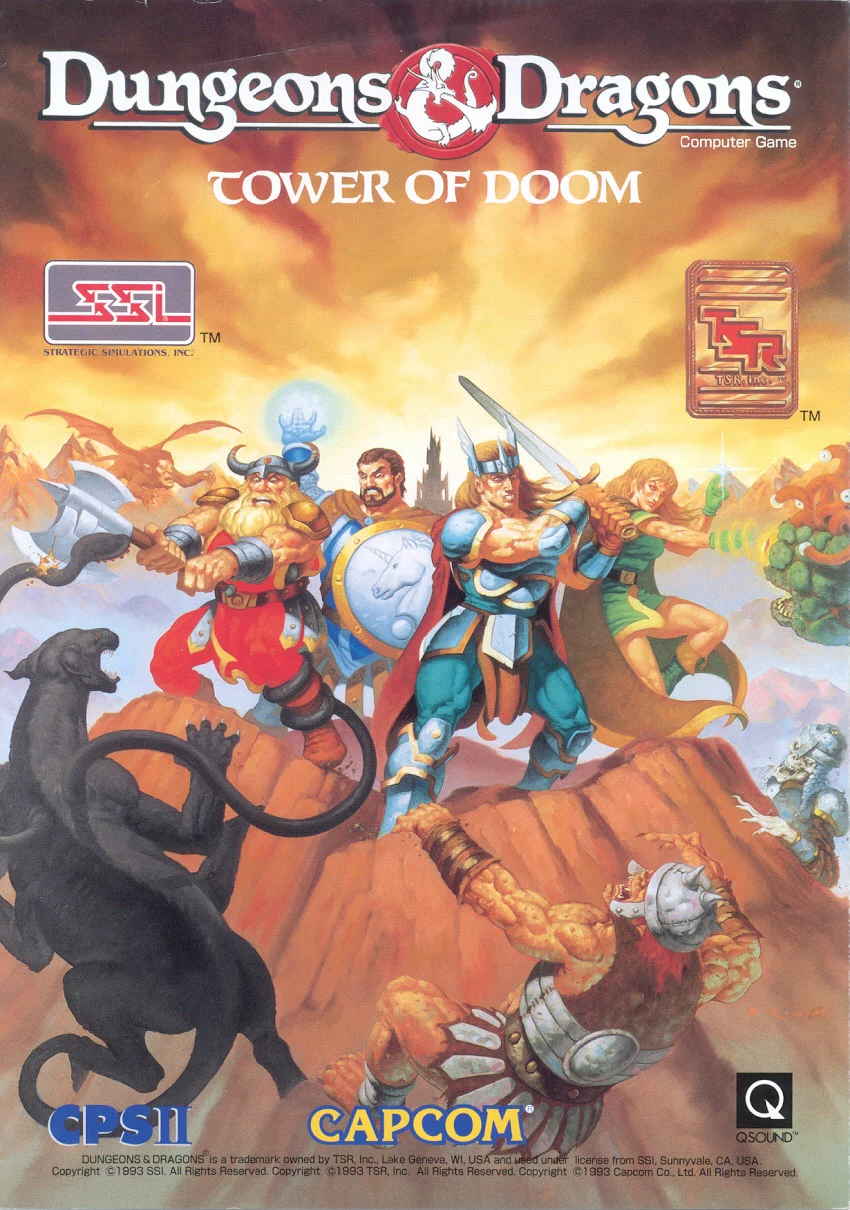
Dungeons and Dragons: Tower of DoomTower of Doom is a side-scrolling arcade game featuring four different characters (cleric, dwarf, elf, fighter) fighting iconic Dungeons & Dragons monsters. Notable bosses include a troll that regenerates unless burned, a large black dragon, the dreaded Shadow Elf (Mystara's equivalent of the drow), a beholder, the optional superboss Flamewing (a great wyrm red dragon) and the final boss Deimos (an archlich). The gameplay is more technical than the average on beat'em up games. In addition to the usual basic attacks and jumping it includes blocking, strong attacks, turning attacks, dashing attacks, crouching and evading. It also requires the use of careful tactics, as most enemies have the same abilities as the heroes and can out-range them, too. As important as melee combat is ranged combat and the use of spells. Daggers, hammers, arrows and burning oils can be used as throwing weapons, and many enemies have similar weapons. Spells can be used by means of magical rings or by the two playable spellcasters (a cleric and an elf).
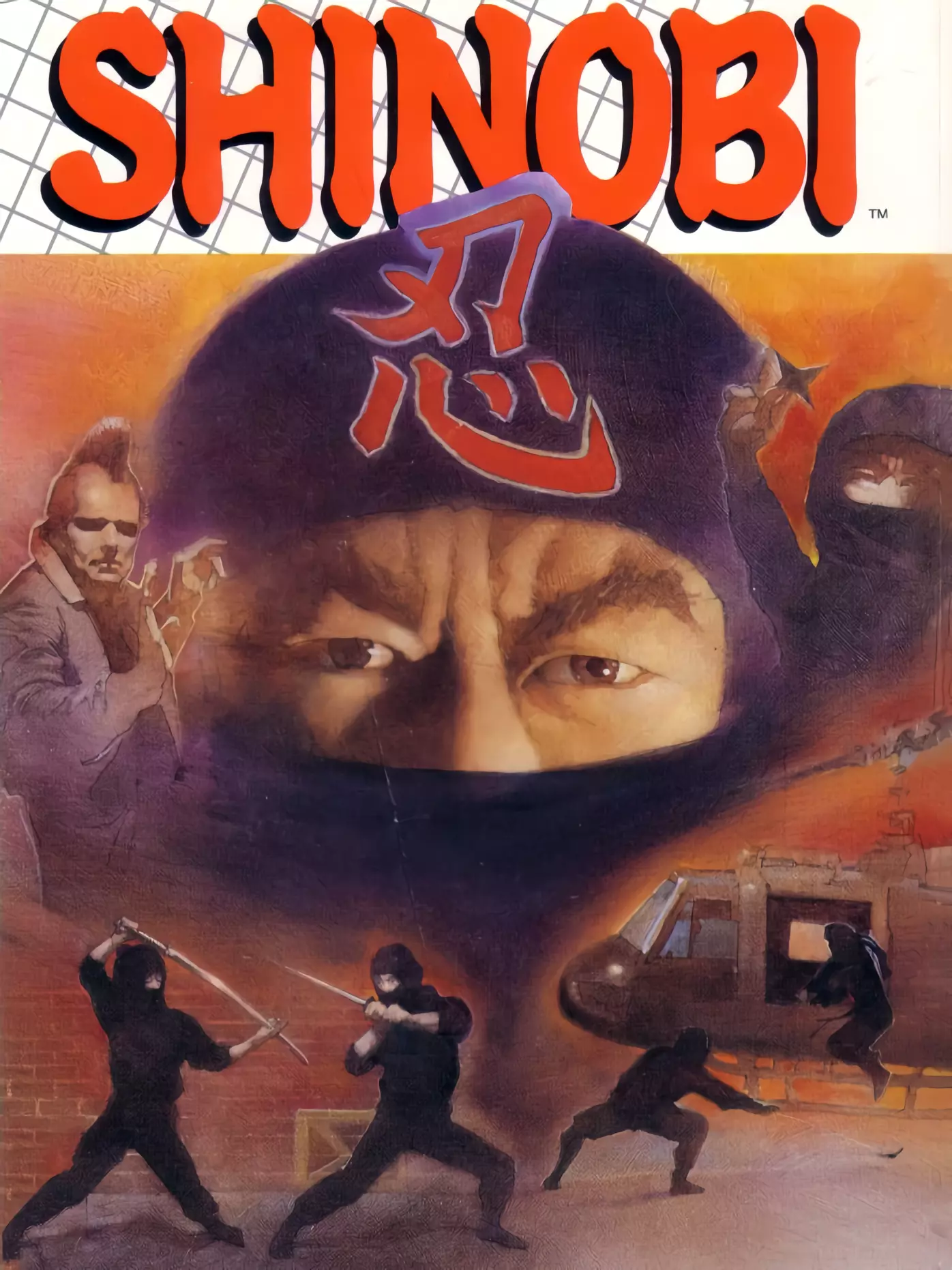
ShinobiThe five missions in the game are each three or four stages long. Several hostages are being held in each stage; Joe must rescue all of them before he is allowed to finish the stage. The last stage in each mission has no hostages, but instead features a powerful boss character whom Joe must defeat. After completing each of the first four missions the player is taken to a bonus stage, where he can earn an extra life if he is able to kill all of the ninjas leaping towards him. Completing the fifth mission ends the game. Also, once the fifth mission begins, continues are no longer allowed; the player has to finish the game with however many lives he has left at that point. If the player earns a place on the high score board, the number of credits it took him to get that score is displayed along with his score.
Joe's standard weapons are an unlimited supply of shuriken, along with punches and kicks when attacking at close range. One hostage per stage gives him a power-up. When powered-up, his throwing stars are replaced by a gun that fires large, explosive bullets, and his close-range attack becomes a katana slash. Joe can also perform "ninja magic," which may be used only once per stage and kills (or damages, in the case of bosses) all enemies on the screen. The game also allows the enemies to hide behind boxes or use shields to block Musashi's shurikens.[4]
Joe can be killed with one hit, provided he is hit by a projectile or melee attack, but if he does not find himself in those situations, the player can touch regular enemies and just be pushed back without being damaged. Since most enemies appear in the same place on each level, it is possible to master the game by memorizing their locations and devising patterns to defeat them.
At the end of each stage, the player receives score bonuses based on performance. Completing the stage without using ninja magic or without using any throwing stars or bullets earns the player a point bonus. The player has three minutes to complete each stage; remaining time at the end of the stage is also converted to bonus points and added to the player's score.Action

KaratekaKarateka is a 1984 beat'em up video game by Jordan Mechner, and was his first game created while attending Yale University. It was originally programmed for the Apple II, and was later ported to several other home computers and early gaming consoles. The game was published in North America by Brøderbund, and in Europe by Ariolasoft.
The player controls an unnamed protagonist who is attempting to rescue his love interest, the Princess Mariko, from Akuma's castle fortress. The game exhibits a combination of a side-scrolling platform and fighting game elements. The player uses punches and kicks to defeat Akuma and his guards and make his way deeper into the fortress. The game, as with most at the time of development, lacked checkpoints or the ability to save the game, making it a challenge to complete in a single sitting.
Karateka has been well-received, particularly for its realistic animations used for the game's characters. The game was considered a breakthrough success for Mechner, and would eventually result in his development of the Prince of Persia franchise. A high-definition remake, spearheaded by Mechner, was released as a downloadable title for the Xbox 360, Microsoft Windows, PlayStation 3, with planned ports for the iOS and Wii U systems.Action

